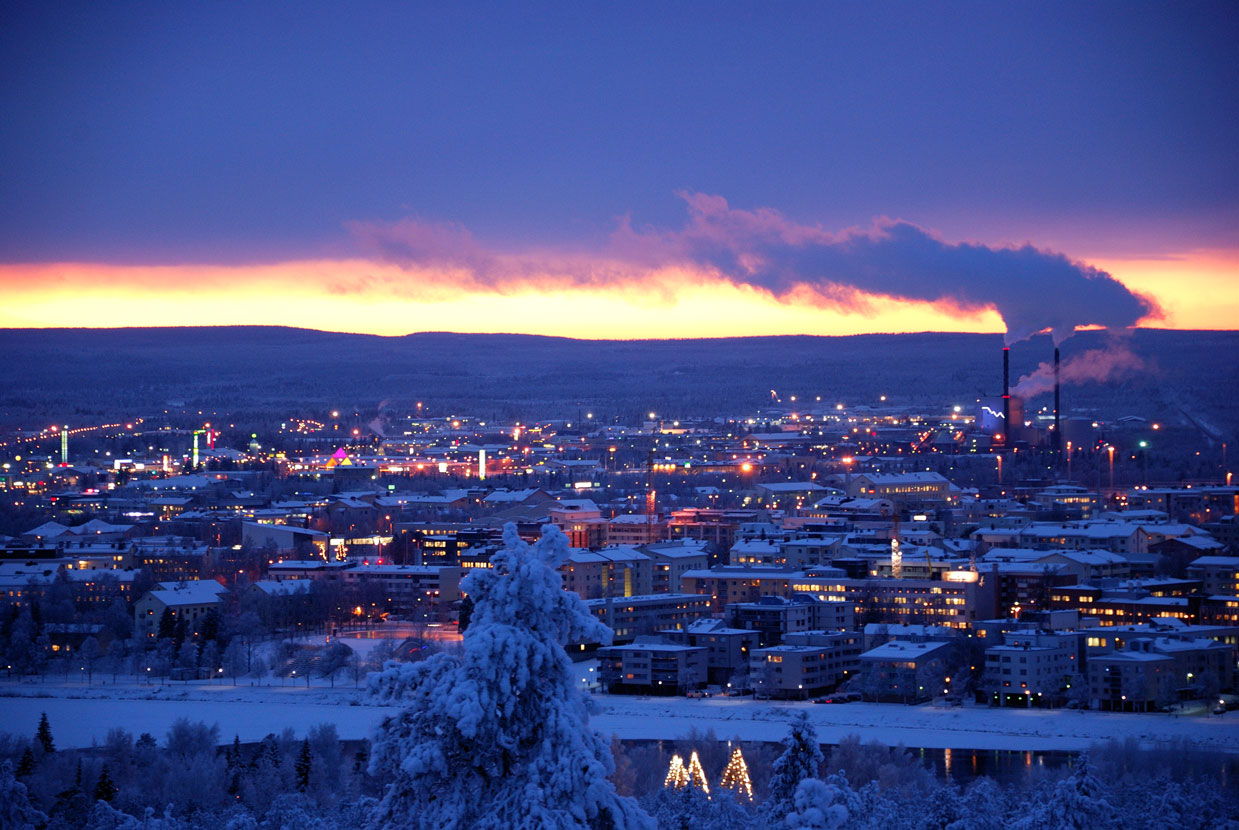Finland wants to show the world what it means to be Arctic

Perhaps the biggest (in more ways than one) example of what Finns like to call ‘snow how’ is the country’s prowess as a designer, builder and operator of icebreakers.
National legislation requiring 20 of Finland’s 60 ports to remain open year-round means the country has had plenty of domestic motivation for sustaining the industry. Emerging international interest in Arctic shipping has opened a broader market. Now, the technology developed in its home waters is increasingly finding its way to traditional icebreakers as well as ice-strengthened and ice-breaking vessels that sail under other countries’ flags.
As a result, some 60 percent of the world’s ice-strengthened vessels are estimated to have been built in Finland, this despite the country not having an Arctic coastline. Specialising in the niche has helped keep its shipyards and related firms busy. One of them, Aker Arctic, which designs ships, saw its profits rise 40 percent in 2015 after landing a contract to design the tankers that will transport liquefied natural gas from Russia’s Yamal fields.
Finland is by no means the only place in the world that has been able to turn its cold climate into an industrial opportunity: Greenland and Sweden (and Inner Mongolia, for that matter) are used as winter proving grounds for tires, cars and other types of durable goods that need to operate outdoors.
Iqaluit Airport, courtesy of its frigid winter temperatures, long main runway, limited traffic and low airport fees, is able to market itself as “the world’s premiere cold-weather aerospace test centre,” a description coined by a former mayor. Airbus, a European conglomerate, has been something of a regular, testing three of its most recent models there, including the A380, the world’s largest passenger aircraft.
The Arctic, however, should not be satisfied with simply being a place where manufacturers come to learn how to make big machines run better when it is cold out, says Julius Oförsagd, the manager of Arctic Design Week, which begins its ninth annual installment Feb. 20 in Rovaniemi.
Instead, he believes the region ought to be recognised as being at the forefront of coming up with designs that facilitate the function of less industrially oriented products.
Fashion will be on display as one prominent example. A number of less tangible things, like customer experience, public services, infrastructure and architecture, will take up most of the room on the agenda, though. Commercially these topics have greater appeal, according to Oförsagd.
“Design is really creativity and problem-solving. In Finland, this is important because it is how we get things to work in the harsh conditions so we can live here, but this is something businesses everywere focus on,” he says.
Finland’s lessons will be most easily transferrable to other cold-climates, but Oförsagd reckons other things, like a focus on low-environmental impact and the Nordic approach of making design integral to a product will give them a broader appeal.
“We see design as something practical,” he says. “It means thinking about how the people who will use something can get the most out of it.”
Arctic Design Week is organised mainly by the city of Rovaniemi and Lapin yliopisto/The University of Lapland. There is good reason for the effort beyond simple marketing. Policy-makers and academics agree: creating new businesses and diversifying economies helps to make communities more attractive places to live for young people and for women, two demographic groups that are increasingly fleeing the North.
The Finns like to tell you that if something works in Finland, it will work anywhere. Fortunately for the rest of us, this appears to apply to ideas as much as it does to products.